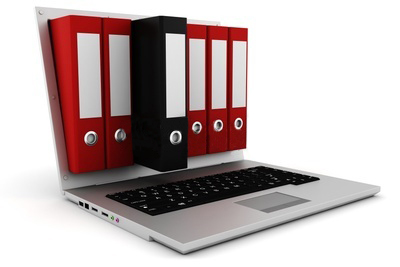
Medical Billing — 5 Mistakes You Must Avoid
Nitin Chhoda reveals the 5 mistakes that a practice owner should avoid when it comes to medical billing. In order to have a successful practice, time management and prioritization are crucial to the billing process.
 Medical billing mistakes are easy enough to make, and unfortunately even the smallest mistake can cost a practice a lot of time and money.
Medical billing mistakes are easy enough to make, and unfortunately even the smallest mistake can cost a practice a lot of time and money.
While there are some mistakes that simply cannot be avoided, there are some basic rules for avoiding the major mistakes that most medical billers and medical clinics make.
#5: Understand the Explanation of Benefits
The explanation of benefits, or EOB, is going to sound like the final word from the insurance company every time. But the EOB should be used as a tracking tool and should be carefully read and understood each time your practice receives a payment.
Insurance companies take any opportunity to point out the medical billing mistakes being made, which can make it feel like they are detail oriented to an unimaginable degree. But the truth is that they make mistakes, too. And it will be up to you to catch them.
#4: Follow Up on Every Submitted Claim
In the medical billing world, once a claim is submitted, there is often the sense that it has been dealt with and now it’s time to wait and see what happens. Medical billing is hard enough and takes a lot of time, so once the paperwork is in the hands of the insurance company, billers are unlikely to want to spend any more time thinking about the claim.
But time and again insurance companies let things go or don’t receive claims, and the practice suffers the consequences. Large sums of money are lost every year because nobody has run an aging report and reviewed unpaid claims.
#3: Create a System that Works
This may seem obvious, but every practice needs system for photocopying IDs and insurance cards, planning time for regular billing, and ensuring that claims are filed and checked on in a reasonable amount of time.
Delays that medical billing claims experience cost the practice money. Set aside time for each task and make sure that a procedure is followed for every patient and ever visit.
#2: Know Medical Coding Practices
 A medical biller may or may not the be the same person as the medical coder, but either way the biller should understand the basics of medical coding.
A medical biller may or may not the be the same person as the medical coder, but either way the biller should understand the basics of medical coding.
The medical billing mistakes that cause claims to be denied or rejected often have to do with incorrect codes or insufficient medical coding.
#1: Billing is the Biller’s Top Priority
Especially in smaller practices, the staff member who handles medical billing service may have a whole host of jobs to do. They could also be the medical coder, the receptionist, and the scheduler. The problems arise when the medical billing is not given high enough priority in the list of things to do.
Without efficient and timely medical billing, the practice will suffer. Unfortunately we cannot rely on goodwill and good medicine to ensure that patients and clinicians experience a mutually beneficial outcome. Medical billing has to be a high priority, including the previous four ways to avoid mistakes.



















